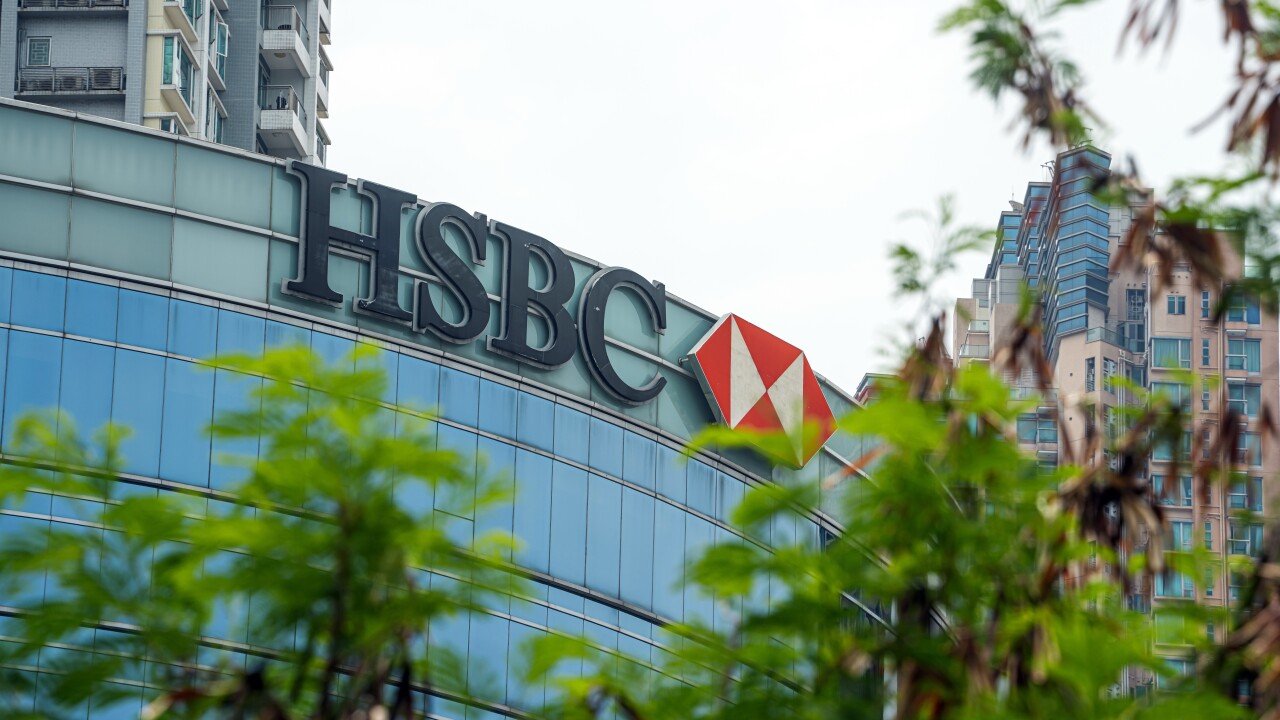Diebold and Wincor Nixdorf — which plan to merge under the name "Diebold Nixdorf" — were already in the midst of major projects to digitize bank branches and retail stores before the pressure from mobile devices led them to join forces to keep pace with innovation.
When it comes to getting new services in the market, “business as usual” will no longer cut it, said Andy Mattes, president and CEO of Diebold, in addressing the pending
Diebold will double its software engineer headcount, add deployment scale, broaden access to open development tools, standardize user interfaces and create a broad technology ecosystem that can work with different suppliers in the U.S., Europe and other markets.
The combined company will improve its ability to innovate through the faster deployment of mobile payments and "omnichannel" shopping and management services. Anything that succeeds with merchants can then be offered up to banks.
"Retailers can adopt mobile and other new technology because they aren't as heavily regulated as banks," Mattes said. "Retail can serve as a test bed before we roll out the new technology to financial institutions…the ATM of five years from now will be delivered 'as a service.' "
The North Canton, Ohio-based Diebold also stands to see its yearly addressable market grow to $60 billion as it combines its strength with that of Wincor Nixdorf in Europe. "As much as the banking industry is global, it's also very local. Every country has its own set of interfaces, regulations and back end systems," Mattes said.
Both companies have been transitioning from hardware-based ATM providers to software-based self service companies. The Paderborn, Germany-based Wincor Nixdorf recently added Near Field Communication hardware to its ATMs. Diebold supports
"Part of it is [Diebold] is trying to get ahead of the curve with
As consumers load more of their financial lives onto smartphones—including financial services relationships, shopping apps and credit cards—there is more pressure on companies that traditionally serve these needs in other channels.
Driven by
Diebold's clients are changing legacy branches and stores to accommodate the increasing demand for mobile functionality, 24-hour service and a cross-channel experience, Mattes said.
But combining two large companies and adding more engineers won't necessary enable fast and competitive technology development, according to Richard Crone, a payments consultant, who did say the deal did have benefits—Diebold's cardless ATM technology, for example, could serve Wincor Nixdorf, which has not been as active in its own development of cardless cash access.
"[Faster development] is a corporate culture that requires an adherence to agile development," Crone said of the
Both Diebold and Wincor Nixdorf employ "state of the art" development techniques, Mattes said, adding that the scale of the combined companies will make a meaningful difference.
"If you sell to 10% of your installed base, it's different if that installed base is double the size," Mattes said.





